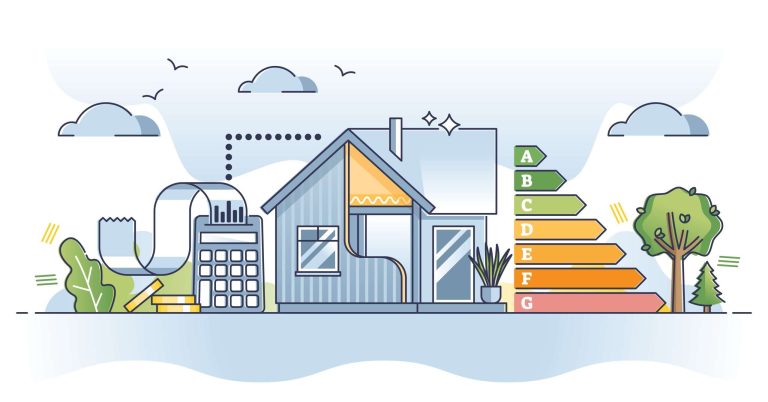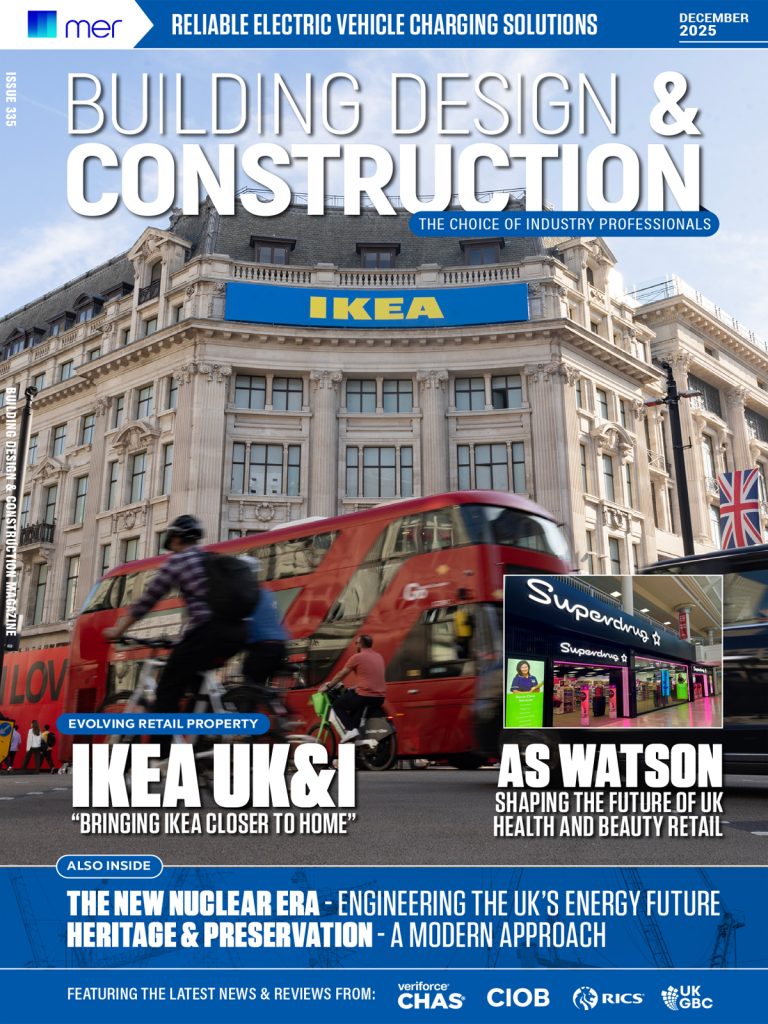Achieving financial well-being is akin to maintaining good health; it requires awareness, discipline, and access to the right resources. Whether you’re just starting on your financial journey or are looking to refine your money management skills, several strategies and tools can pave the way to a secure and prosperous future. From understanding your relationship with money to leveraging technology for financial planning, the pathway to financial freedom is multifaceted. Below, we delve into various resources and methods to guide you toward better financial health and management. Establishing a Solid Financial Foundation: Understanding Your Money Mindset At the core of personal finance is your money mindset – the beliefs and attitudes you hold about money that drive your financial behaviors. Understanding this mindset is the first step in creating a solid financial foundation. It’s essential to be honest with yourself about your spending habits, saving tendencies, and overall financial goals. Exploring your approach to money can reveal areas for improvement and help to align your financial practices with your long-term objectives. Engaging with an experienced insurance agency can also be an invaluable resource when laying your financial foundation. Insurance agents can offer advice on how to protect your assets and income, thereby securing the groundwork of your financial plan. It’s a proactive step that cannot be overlooked, as it shields you from unexpected financial strain caused by life’s unforeseen events. Embracing Financial Education and Literacy Resources Financial education is the cornerstone of sound money management and long-term financial well-being. Empowering yourself with knowledge about personal finance concepts can make a significant difference in your ability to make informed decisions. There is a wealth of resources available, from books and online courses to financial workshops and seminars. Dedicating time to learning the basics of budgeting, saving, investing, and credit management builds a strong foundation for financial literacy. Moreover, seeking out community-based financial literacy programs can be a practical step for those looking for in-person guidance or tailored advice. These programs often offer free or low-cost services and can help individuals from all walks of life to better understand and manage their financial matters, including advice on debt resolution from resources such as tax relief helpers California. Navigating the World of Personal Finance Apps and Tools In today’s digital era, personal finance apps and tools have become indispensable resources for managing money efficiently. These technology offerings range from simple budget trackers to sophisticated investment platforms, each aiming to simplify the financial management process. The best financial apps provide custom insights, automate tasks, and encourage better money habits through easy-to-understand interfaces and actionable data. One of the main advantages of using personal finance apps is their convenience. Many of these apps sync with bank accounts and credit cards, providing real-time insights into your financial status. They alert you to overspending, remind you of bill payments, and help you plan for upcoming expenses, all from the palm of your hand. This accessibility makes it easier to stay on top of your finances no matter where you are. Investment Strategies for Long-Term Wealth Building Investing can be a powerful vehicle for building wealth over time. However, understanding how to navigate the investment landscape is crucial for success. Building a diversified portfolio, which includes a mix of stocks, bonds, real estate, and other assets, helps to mitigate risk while taking advantage of growth opportunities. Establishing a clear investment strategy not only aligns your portfolio with your financial goals but also informs decision-making practices. For long-term wealth building, it’s imperative to consider the power of compounding returns. Investing consistently and allowing your earnings to compound can significantly increase your wealth over the years. This approach requires patience and a long-term perspective but has the potential to deliver substantial financial rewards. Furthermore, automating your investments can ensure regular contributions and adherence to your investment plan. Overall, attaining financial health and mastering money management is a multifaceted endeavor that involves ongoing education, strategic planning, and the effective use of available resources. By understanding your money mindset, mastering budgeting techniques, navigating financial technology, employing investment strategies, and embracing educational resources, you can build a brighter and more secure financial future. With the right tools and knowledge, the path to financial well-being is within reach.








